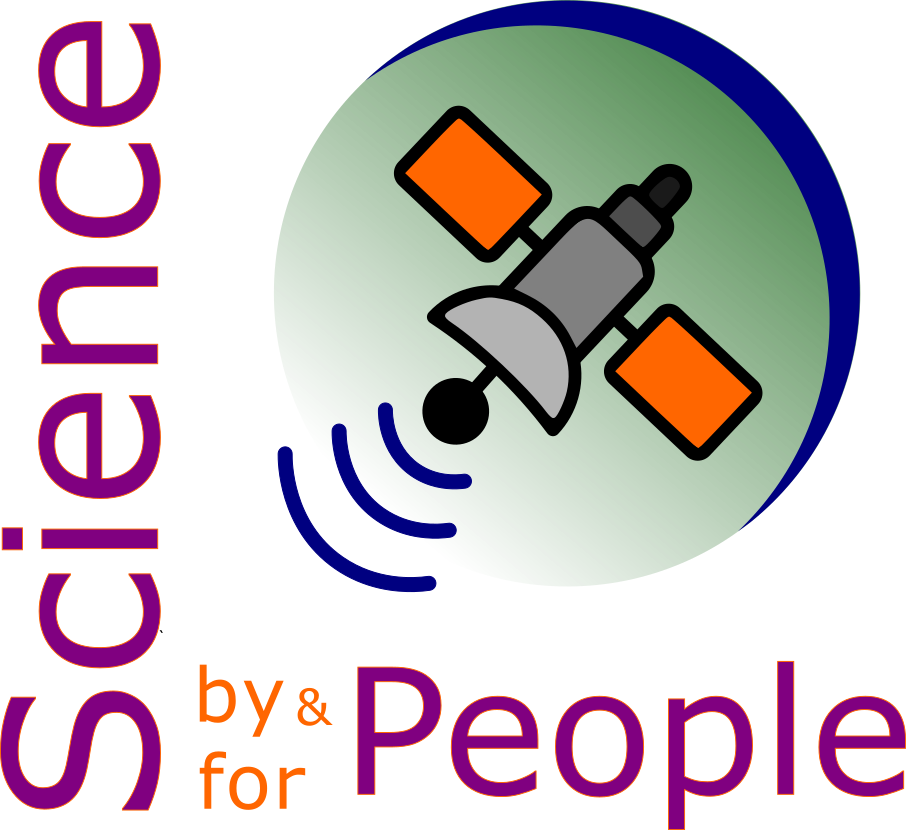HGW#
Introduction
Intro paragraph
Notes
To Do
Think about coherent plan
Implement
Colaboration
May be talk with Jacques Dubochet
ASW vs HGW#
Results from Neutron Scattering
Note
Insert Loerting article with RDF …
- Difference in porosity … Surface properties are also different
Production Methods#
Vapor deposition#
Note
Make links with ASW
- [Kuroda and Lacmann, 1982]: Theory, ice growing from vapour deposition, changes with temperature, -35°C – -4°C, vapour – quasi-liquid – solid mechanism / adhesive growth / 2D nucleation growth, type of surface structure (and thus growth mechanism) depends on surface orientation ({0001} or {1010} face) and temperature, spherical volume diffusion field near {0001} face, cylindrical volume diffusion field near {1010} face, surface diffusion from {0001} to {1010} faces
High pressure jet freezing#
- []: produce vitrified (=glassy) water in a jet, compare X-ray diffraction patterns to vapour deposited ASW
Properties#
Glass transition and heat capacity#
Note
to define
- [Hallbrucker et al., 1989]: differential scanning calorimetry, 103 – 273 K, thermally reversible glass-liquid transition (Tg = 136 K, activation energy of structural relaxation ≈ 55 kJ/mol, transition width 12 K, increase in heat capacity = 1.6 kJ/mol), liquid water forms from glassy water at 146 K, crystallization near 232 K.
